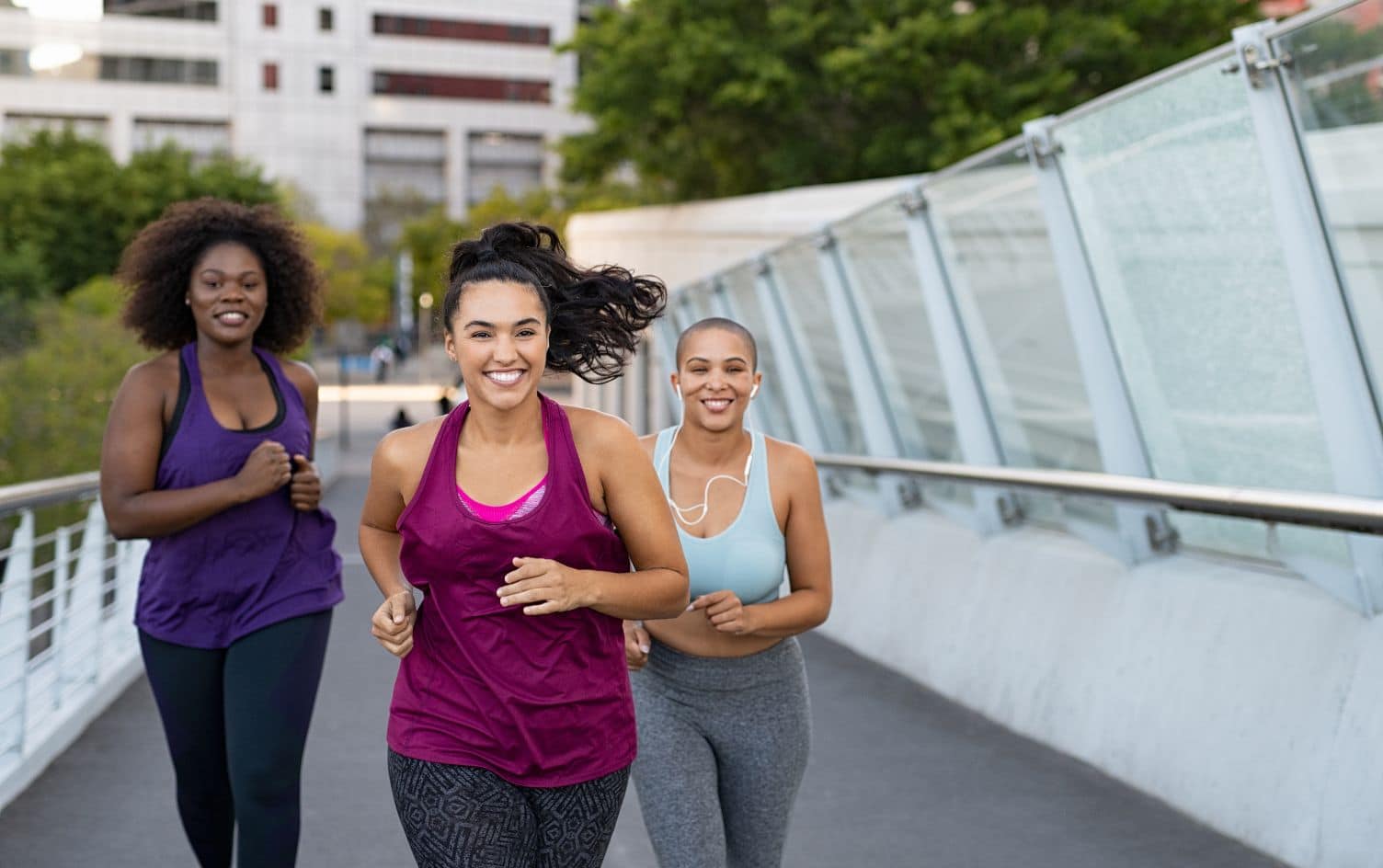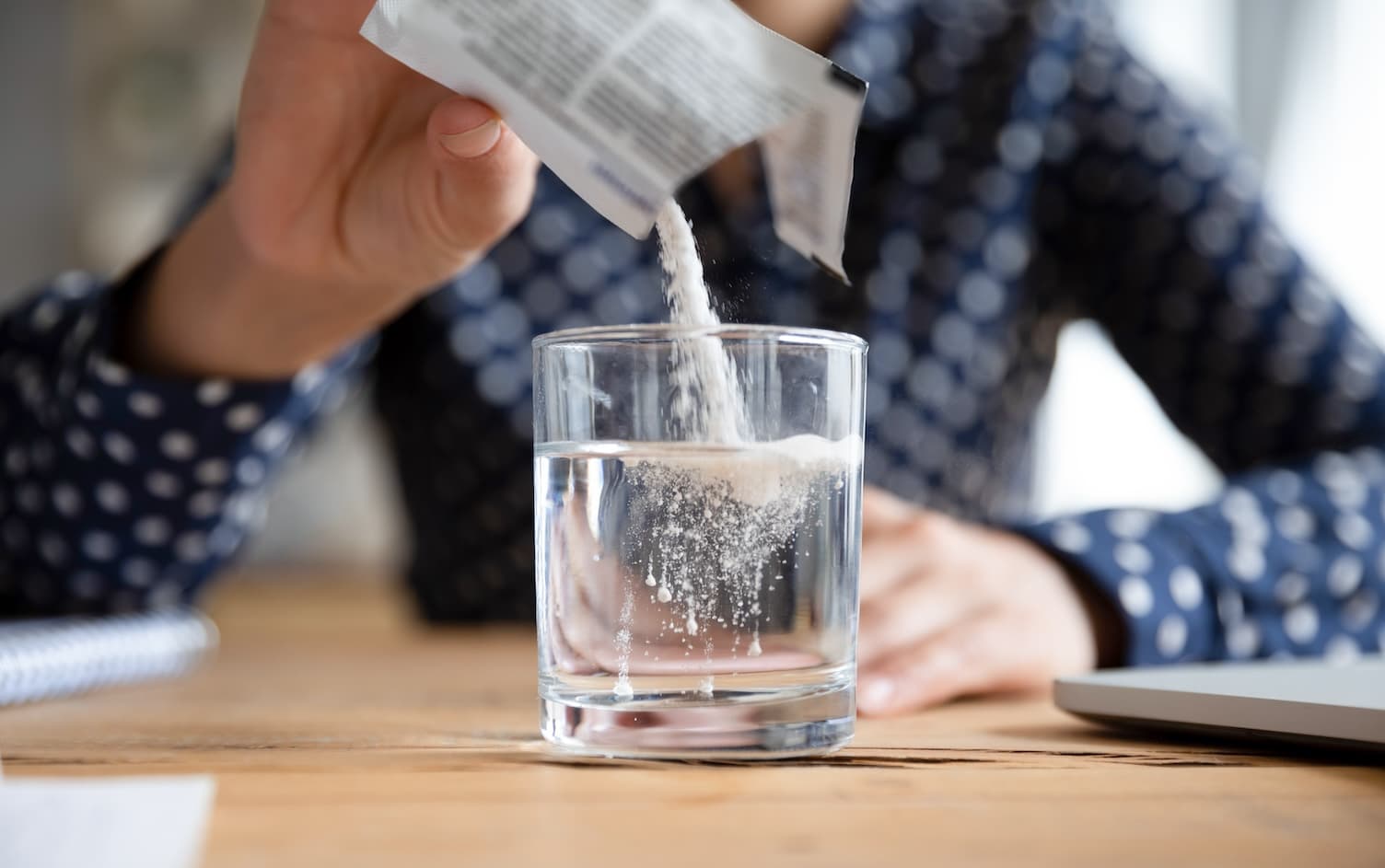Shin splints, also known as medial tibial stress syndrome, are one of the most common injuries that runners and walkers encounter. In fact, studies suggest that upwards of 20% of runners experience shin splints. What’s more, research looking at naval recruits in basic training reported an incidence rate of shin splints as high as 35%.
When you think about gait biomechanics, it’s no wonder so many of us encounter this issue. Whether you’re running or walking, each time you step, you come down with more than twice the force of your own body weight. That process puts a whole lot of stress on your muscles, bones, joints and tendons. In particular, your tibia or shin bone bends or bows every time you strike the ground. The repetitive stress put on these bones can then result in pain known as shin splints.
The most common symptom is pain in the tibia during running or when you push on the bone. While this is uncomfortable, it’s not a season-ending injury if you address it promptly. If you ignore the issue, however, shin splints have the potential to develop into a tibial stress fracture, which could leave you on the bench for months. By understanding how to both treat and prevent the issue from materializing in the first place, you’re more likely to head off major problems down the road.
Shin Splint Treatment
While the latest evidence regarding treatment of shin splints falls short of identifying specific treatment methods with overwhelming confidence, most experts agree that it is an injury caused by overloading the tibial bone. Indeed, it has been shown that individuals with a “below average activity history” who pick up running are 2.5 times more likely to experience shin splints. This is probably a result of their bones not being primed and strengthened for high-impact exercise. Those who have been running or walking regularly for many years have stronger bones that are better able to accept the impact forces associated with running and walking. Here’s an easy two-step plan to follow if you start experiencing shin splint symptoms:
1. Cut back on impact exercise.
Since shin splints are an overload injury, it is important to reduce the amount of high-impact exercise you’re doing in order to allow the tibia to heal. Swapping some of your running or walking workouts with biking or swimming can be a good way to help keep the injury from worsening while still maintaining fitness. If you’re having trouble healing, complete rest has also been suggested as an important treatment method.
2. Ice the shins.
Icing is also commonly recommended if you’re experiencing shin splints. This can not only help ease inflammation in the area, but it can also assist in reducing pain. You can either use an ice cup, running it up and down the tibia, or grab a couple of ice packs and put them on the affected area for at least 10 minutes twice a day.
Shin Splint Prevention
Once you’ve successfully treated shin splints, it’s important to turn your efforts toward preventing them from reoccurring. Because many runners and walkers with less experience tend to encounter this injury more often, it’s important to tailor your exercise plan to your fitness level. Ease into a high-impact activity, such as running—it will go a long way in helping you skirt bone-related issues like shin splints. As far as mileage goes, follow the 10% rule—don’t increase your mileage by more than 10% from one week to the next. Here are some additional preventative measures you can take:
1. Consider switching shoes or adding orthotics.
You should also take your running or walking mechanics into consideration. In particular, research has linked over pronation to shin splints. This is likely a result of the considerable torque that is put on the lower leg when the foot strikes the ground and then excessively rolls inward. Shoes with built-in stability or orthotics may help reduce this type of unwanted motion. While the research regarding treatment is somewhat scant, there is evidence to show that insoles or orthotics can help prevent shin splints by reducing that inwards rolling motion.
2. Be aware of your step rate.
For runners, increasing your cadence or step rate will significantly reduce the impact forces associated with running. Focus on striking beneath your center of mass during running and avoid stepping out in front of your body—this will also prevent overstriding and braking—to lessen the load placed on the tibia.
3. Develop more lower leg strength.
Additionally, studies demonstrate that runners with bigger and stronger calf muscles have a lower risk of developing tibial stress fractures. Since tibial stress fractures can be the result of shin splints that haven’t been addressed, it makes sense that strengthening your calves may also help runners and walkers avoid medial tibial stress syndrome.
Consider working the following strength exercises into your exercise routine to help strengthen those calves and the surrounding muscles in order to prevent shin splints:
Calf Raises
Standing with your feet slightly apart, raise up onto your toes, pause for 2 seconds, and lower back down. Complete two sets of 15 repetitions.
Toe Walks
Standing on your tiptoes, walk forward 15 yards. Complete two sets of 15 yards.
Foot Pumps
Lie down with your legs straight out in front of your body and your toes pointed toward the sky. In a pumping motion, point your toes back towards your body and then back to the original position. Complete two sets of 20 repetitions.
Heel Drop
Standing on a stair or elevated platform, put your weight on your right foot while lowering your right heel past 90 degrees. Slowly raise back up and repeat before switching sides. Complete two sets of 10 repetitions on each side.




